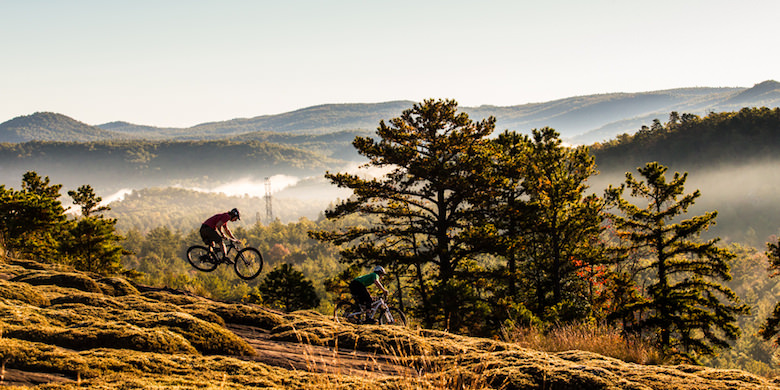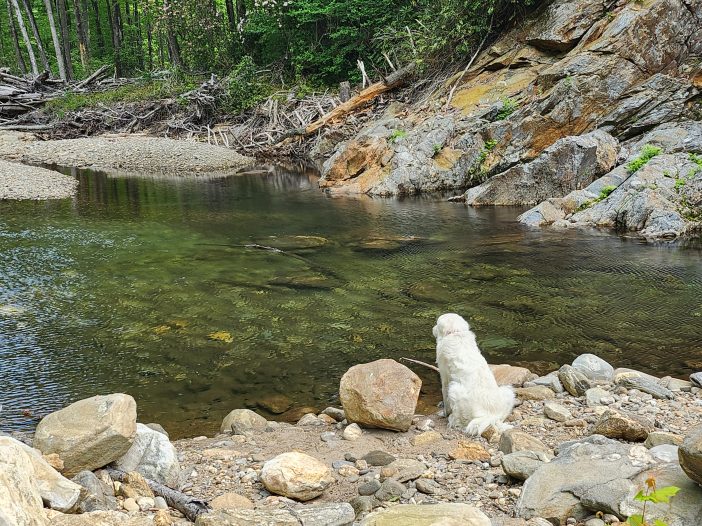The Long Autumn Western North Carolina does not rush into autumn. The change arrives in stages, beginning high in late September and rolling slowly into the valleys by early November. The length of this descent is nearly six weeks long and is what makes the region rare. Most places offer a brief two-week window of […]
Read MoreDupont State Forest
Mountain Biking Brevard NC: Mile of Trails in Pisgah and DuPont Forest
600+ Trails, World-Class Pisgah & DuPont Riding, and Everything You Need for the Ultimate North Carolina Mountain Biking Adventure Brevard, North Carolina stands as the “Cycling Capital of the South,” offering over 600 trails across 400+ miles of world-class singletrack within a 30-minute radius. This Western North Carolina mountain town delivers an unparalleled combination of […]
Read More7 Best Swimming Holes Near Asheville NC With Deep Mountain Pools
Summer in the North Carolina mountains gets hot fast. If you’re near Asheville and want a cold swim in clear water, these deep mountain pools are some of the best around. Most are under two hours from town and offer easy access, short hikes, or both. Skinny Dip Falls was once the go-to, but storm damage shut it down. These spots fill that gap and then some.
Read MoreChasing the Blue Ghosts: Discovering Fireflies in Western North Carolina
These captivating creatures, scientifically known as Phausis reticulata, bring an enchanting luminescence to the forests of Western North Carolina. Distinguished from other firefly species, the male Blue Ghost Fireflies emit a unique and sustained blue glow, hovering close to the forest floor during mating season in search of a mate.
Read More


